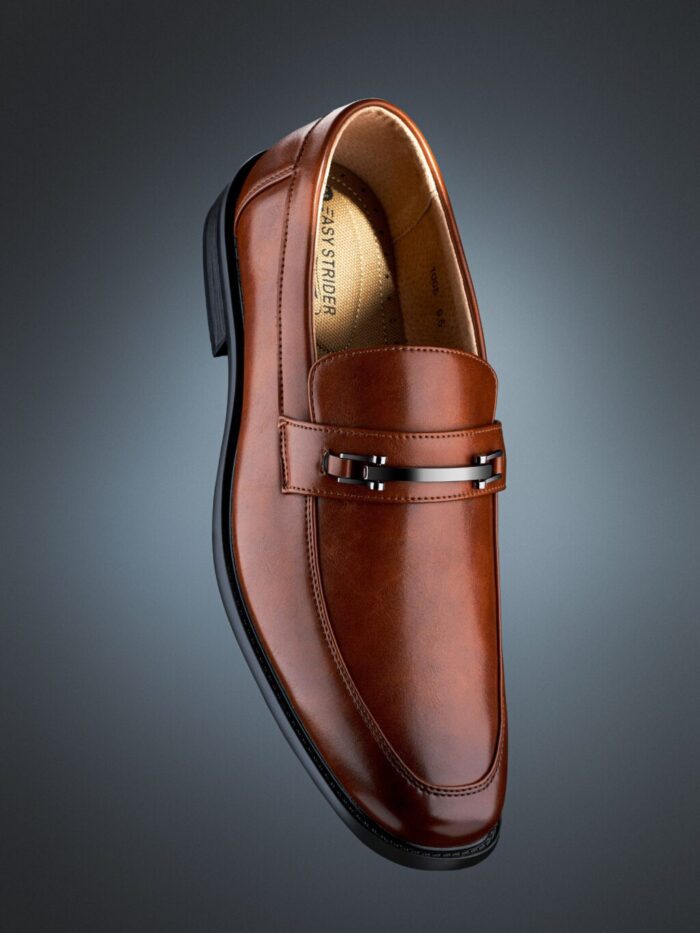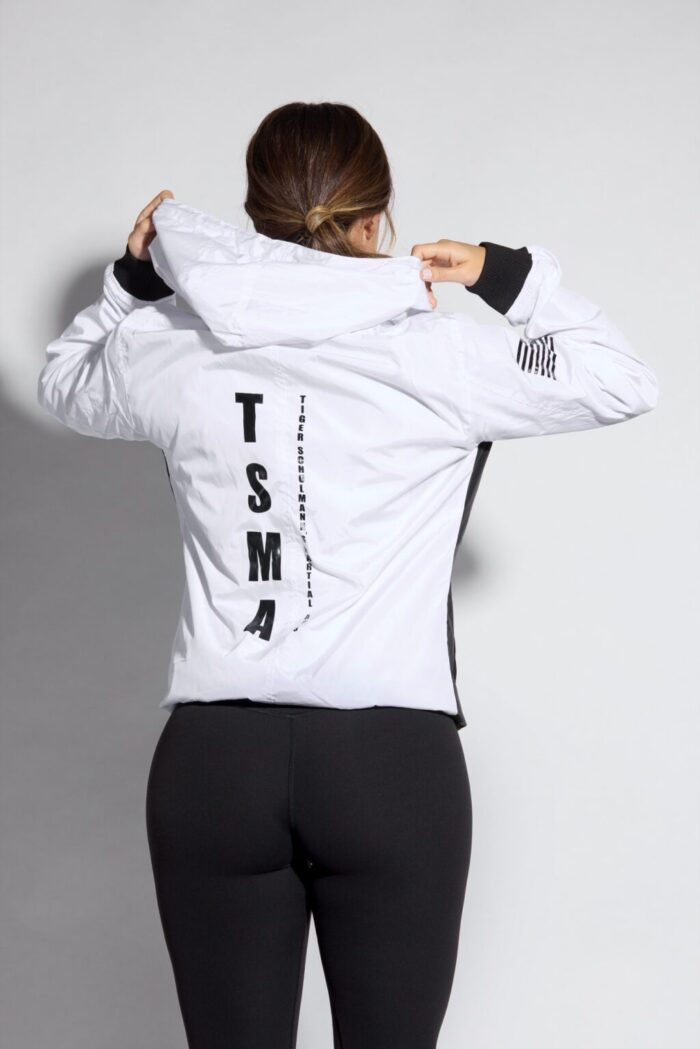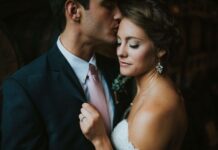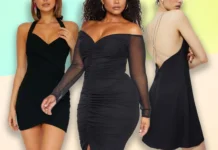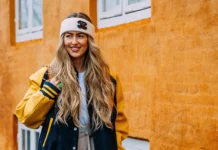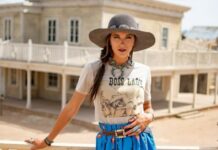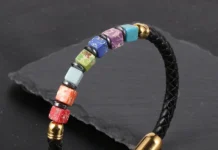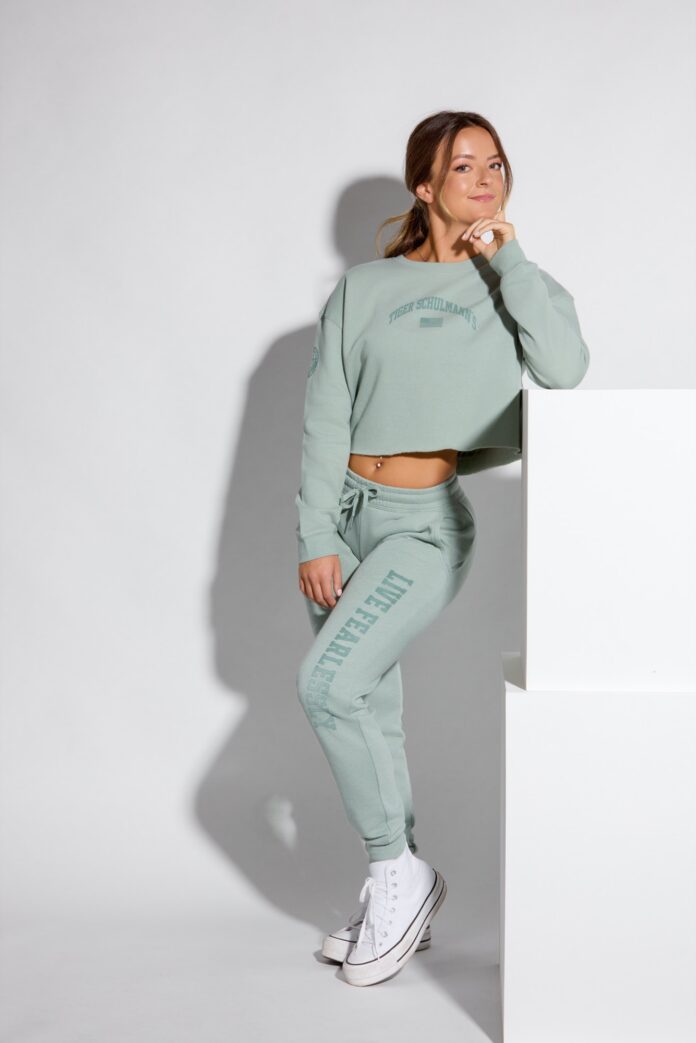
In today’s dynamic e-commerce landscape, fashion photography has grown beyond simple image capture. It now focuses on crafting a visual tale that deeply resonates with customers. With the expansion of online markets, the product photography of clothes and accessories has evolved, incorporating wider and more creative approaches.
Transforming Photography Approaches
The traditional practice of paying per image in photography sessions is now outdated. Current trends lean towards all-encompassing sessions, delivering a variety of visual content including photos, videos, and GIFs.
Brands now receive a holistic package encompassing everything from raw files, which is both cost-effective and aligns with the fast-paced evolution of fashion trends. This approach ensures a continually refreshing and attractive online presence.
Conveying the Essence of Fashion
In the contemporary realm of fashion photography, the focus has shifted to a nuanced interplay of lighting, shadow, and color, which are key in highlighting the textures and tones of fabrics. This delicate balance is crucial in creating images that do more than just display clothing; they evoke feelings and tell stories.
Techniques like flat lay photography have become indispensable, particularly for presenting detailed designs in extensive collections. This method lays out clothing and accessories on a flat surface, allowing for a top-down view that captures the intricacy and full scope of the design, providing a clear and detailed perspective.
However, clothing photography is not solely about mastering these technical skills. It’s about diving deeper into the soul of the apparel. Each piece of clothing carries its own story and character, and the photographer’s job is to bring this narrative to the forefront. This is where lifestyle photography becomes key.
By placing clothes in real-life contexts, the photographer creates scenarios that potential customers can relate to and aspire towards. It’s about showcasing the clothes in action, demonstrating how they can be worn and integrated into daily life. This approach makes the garments more tangible and desirable, as it allows viewers to see how the clothes might fit into their own lives and styles.
Moreover, lifestyle photography often involves using models and real-world settings, which adds depth and authenticity to the images. This style goes beyond mere representation; it’s about creating a mood and an emotional connection. Whether it’s casual wear captured in a cozy home setting or formal attire showcased in an elegant urban environment, the aim is to evoke a lifestyle that resonates with the target audience.
Furthermore, the choice of background, props, and the overall composition in lifestyle photography plays a significant role. These elements work together to complement the apparel, enhancing its appeal. For example, the use of natural light can bring out the vibrancy of colors, while an urban backdrop can add a contemporary edge to modern outfits.
The Role of Models in Enlivening Apparel
Models are essential in fashion photography, turning static items into dynamic fashion expressions. They do more than wear the clothes; they bring them to life, providing a glimpse of how these items might look and move in daily scenarios. This is especially important in online shopping where the tactile experience is missing. Models help fill this sensory gap, allowing customers to visualize the texture, fit, and flow of the clothes.
Models also add a human dimension, making the clothing relatable and appealing. They demonstrate how different items can be styled for various occasions or body types, aiding customers in picturing themselves in the outfits. This visualization is crucial in an era where online buyers expect a comprehensive understanding of products before buying.
Furthermore, models help convey the brand’s identity and values. They represent a range of demographics, embodying brand inclusivity. Different models can also represent specific lifestyles or attitudes associated with the brand, fostering a connection with the target audience.
In addition, dynamic photography with models adds realism and excitement to the images, showcasing the clothing’s functionality in real-life situations. This isn’t just product display; it’s storytelling, where the viewer can envision themselves as the protagonist.
In summary, models in apparel photography are pivotal, not just as mannequins but as storytellers. They provide context, add relatability, and create a compelling narrative around the clothing, enhancing its appeal for online shoppers.
Post-Production: The Final Touches
The post-production stage in apparel photography is where the final artistic touches are applied. This phase extends beyond basic editing, focusing on fine-tuning every detail to ensure that the final images accurately represent the product and align with the brand’s aesthetic.
Critical elements like color correction, texture detailing, and overall ambiance adjustments are made here. Retouching, incorporating creative effects, and adding branding elements are also part of this stage, all contributing to a cohesive and engaging portrayal of the products.
Understanding the Audience
Effective clothing photography is deeply rooted in the photographer’s understanding of the target audience, an insight that goes beyond surface-level preferences to grasp their deeper perceptions and aspirations.
This knowledge is critical in creating imagery that resonates on a more profound level with the viewers. It’s not just about showcasing clothing; it’s about weaving a narrative through the images that speaks directly to the audience’s desires, lifestyle, and identity.
Understanding the target audience involves recognizing their aesthetic preferences, such as colors, styles, and trends that appeal to them. It also includes an awareness of the cultural and social factors that influence their fashion choices.
For example, a younger, more fashion-forward audience might be drawn to bold, innovative designs and dynamic poses, while a more mature audience might appreciate classic styles, subtler tones, and a more refined presentation.
Additionally, knowing the audience means understanding the context in which they will wear the clothing. This understanding helps in creating scenarios within the photography that mirror the real-life situations of the viewers.
For instance, if the target audience is primarily urban professionals, the photography might focus on showcasing clothing in a work setting or a chic urban environment. Conversely, for an audience that values outdoor activities, the clothing could be photographed in natural settings, highlighting functionality and comfort.
The emotional connection is also a key factor in effective clothing photography. The images should evoke feelings that the audience aspires to experience, whether it’s a sense of confidence, comfort, elegance, or rebellion. This emotional resonance can be achieved through various elements in the photography, such as the model’s expression and posture, the setting, and the overall mood of the image.
Furthermore, incorporating storytelling elements in the photography can make the clothing more relatable and aspirational. This could be achieved through a series of images that tell a story or through a single image that suggests a narrative.
For instance, a picture of a dress might not just show the dress but also hint at a story – maybe it’s draped over a chair in a way that suggests the wearer has just left the room, or it’s being worn in a setting that suggests an upcoming event.
In essence, effective clothing photography is a blend of art and empathy. It requires a photographer to step into the shoes of the audience, understand their world, and create images that not only display the clothing but also weave a narrative that resonates with them. This approach makes the clothing more than just a product; it becomes a part of the viewer’s imagined life.
Photography in Fashion’s Future
As fashion evolves, so does its photography. The shift towards comprehensive sessions marks a significant change, offering brands a range of content and greater flexibility in creative and marketing endeavors.
Conclusion: The Power of Quality Photography in E-Commerce
High-quality product photography is crucial in e-commerce. Studies have shown that visuals play a significant role in consumer decisions. For instance, MDG Advertising found that 67% of consumers consider image quality vital in online purchases. Jeff Bullas reported that image-rich content gets 94% more views.
BigCommerce revealed that 78% of online shoppers seek images that bring products to life, eBay Research Labs found a 5% sales increase with better photo quality, and Etsy’s research indicated that high-quality images make products 3.5 times more likely to sell. These insights underscore the importance of professional product photography in building trust and driving online sales, making it a critical aspect of digital marketing.

